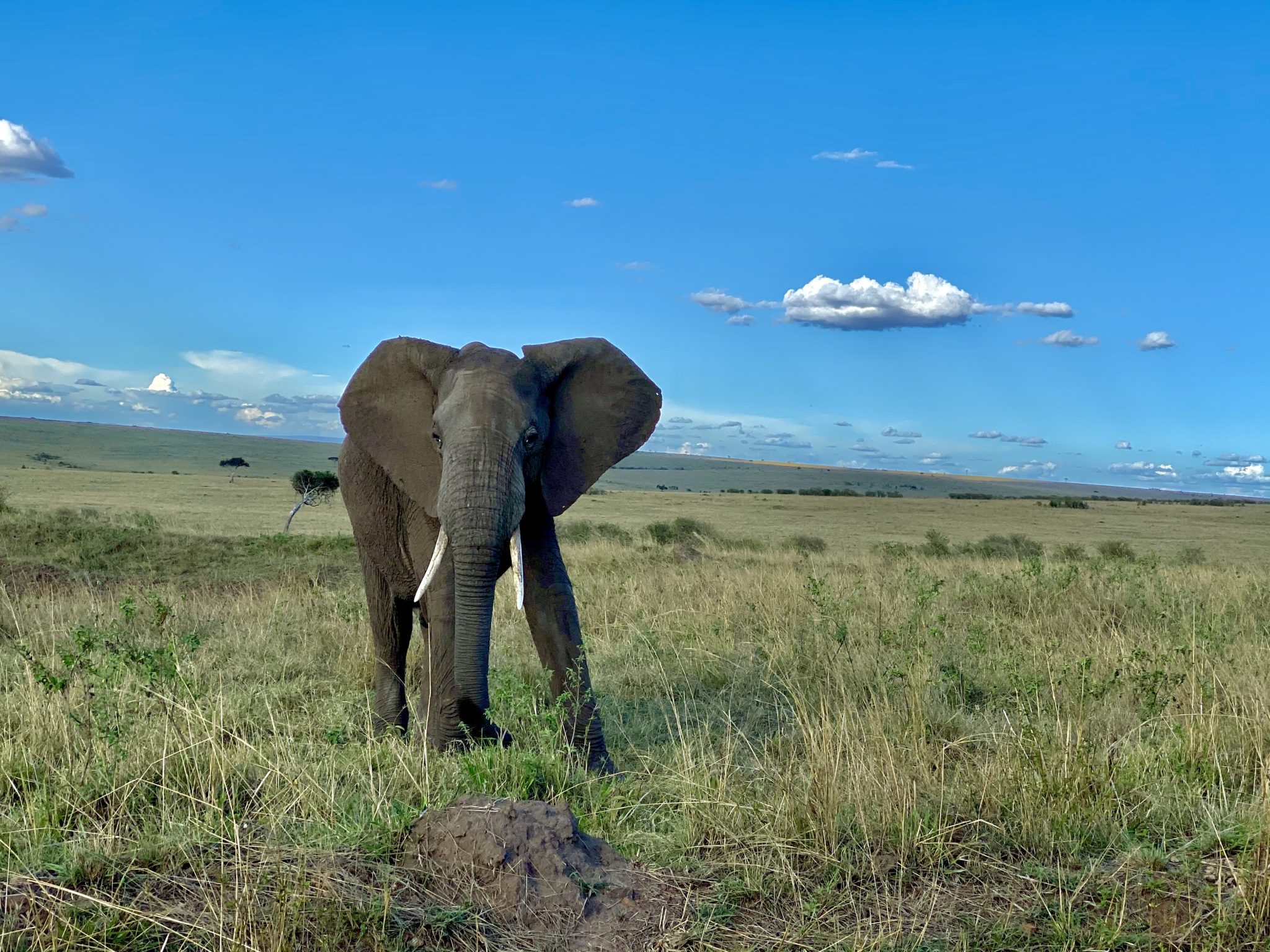“We have brought this on ourselves because of our absolute disrespect for animals and the environment”
Jane Goodall
COVID-19 has cast the world into unprecedented chaos, with the natural world being especially affected as resources are diverted away from conservation programs. Consequently, two of biodiversity conservations’ traditional sources of financing, ecotourism and donations, have shrunk significantly. These funding sources, while substantial, are unpredictable. It is now critical to reevaluate the sustainability of the current standard ecotourism and donation-based business models to establish long-term financing for conservancies across the globe.
Ol Pejeta Conservancy, located in Kenya, continues to be heavily impacted by the loss of international visitors after borders were closed by President Kenyatta. International tourism is estimated to account for more than 70% of all tourists that Ol Pejeta receives (Earth Island 2020). Once the borders closed, so did a significant portion of their revenue. This story is the same for conservancies around the globe in countries whose borders were closed due to the pandemic. When evaluated globally, ecotourism comprised more than 50% of funding for wildlife park agencies (Buckley, Castley, Pegas, Mossaz, Steven 2012), reinforcing the narrative of the ineffectiveness of relying on ecotourism as a large portion of income.
There is immense variation and uncertainty in the amount of donations global conservation organizations will receive. During economic crises, disposable income decreases, directly affecting how much people will donate to various causes. For instance, in the US in May 2020, the pandemic was estimated to decrease disposable income by more than $911 billion (NTDA 2020). Due to COVID-19, approximately 67% of nonprofits surveyed reported a loss in donations (The NonProfit Times 2020). Similarly, the economic impact spans to high-profile donors, limiting the amount of philanthropic individuals who will commit to funding programs they are not able to visit due to lack of travel. When global partner nonprofits, such as The Nature Conservancy, are not able to secure donations through these types of relationships, it heavily affects the ability of conservancies, Ol Pejeta for example, to receive substantial funding downstream. It is evident that projecting a portion of income from donations can be an extremely dangerous assumption.
The urgency of the natural challenges we face is irrefutable, and we must engage all parties available to promote positive change. The time is now to involve the private sector as an equal party to engage in modifying global business strategy to incorporate biodiversity into natural capital assessments, as championed by the Natural Capital Coalition. To emphasize the opportunity for growth, in 2020, the Convention on Biological Diversity found that there is a global biodiversity financing gap of approximately US$711 billion annually (Financing Nature: Closing the Biodiversity Gap 2020). The private sector must participate in growing their natural conservation investments to promote economic prosperity for all. The interdependency of business and biodiversity, and ultimately the potential each party could achieve when working in conjunction is exponential. The cooperation of the private sector and global conservation organizations is the only way forward to pave a bright future for the preservation of our planet’s biodiversity and economic prosperity for years to come.
